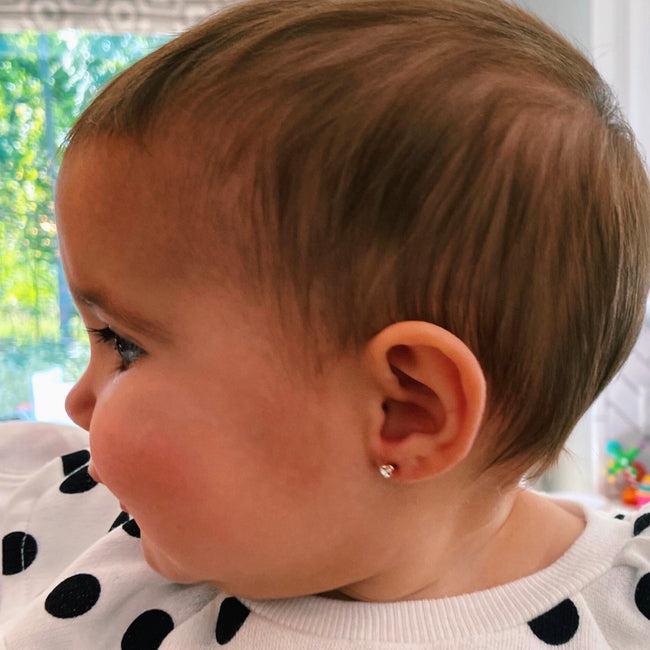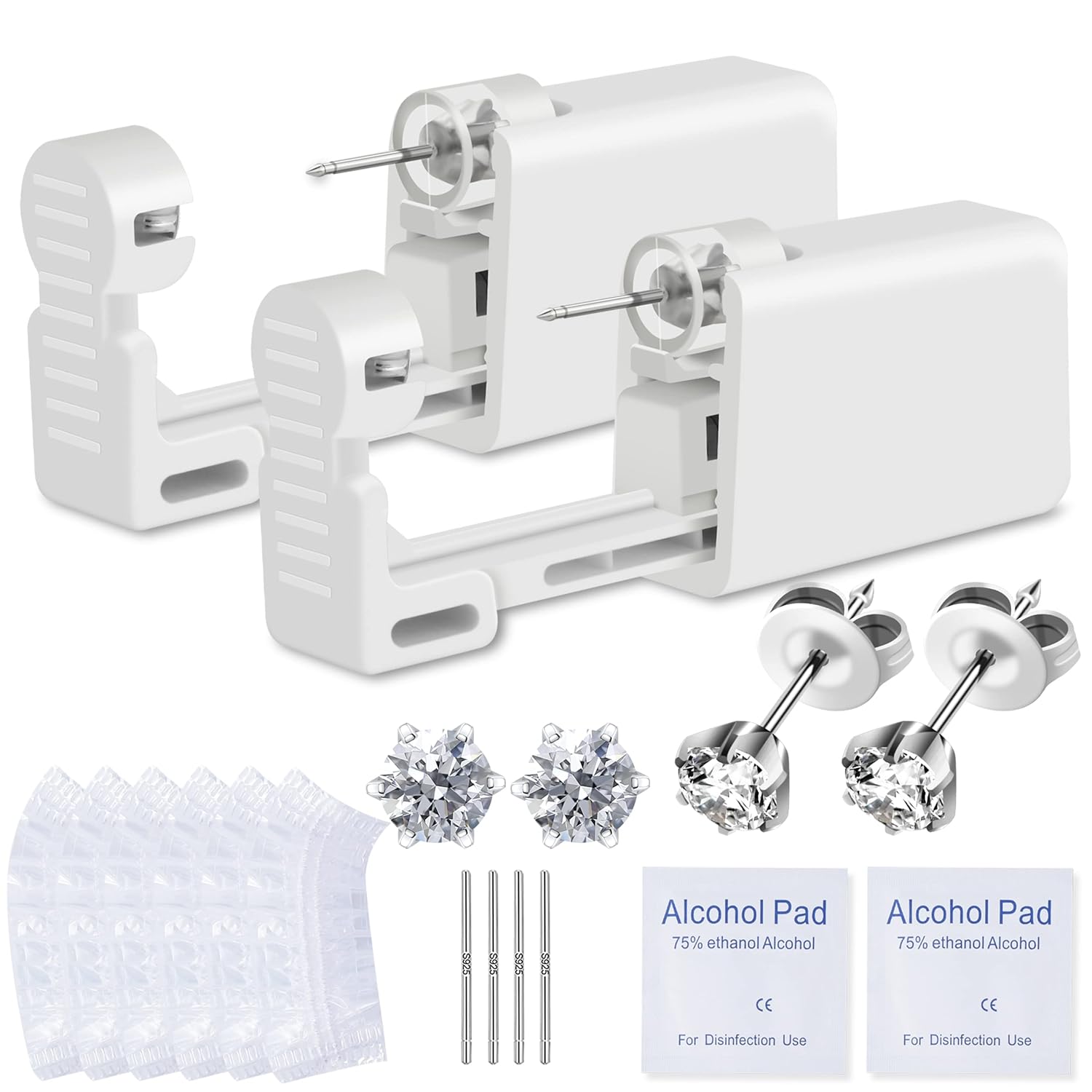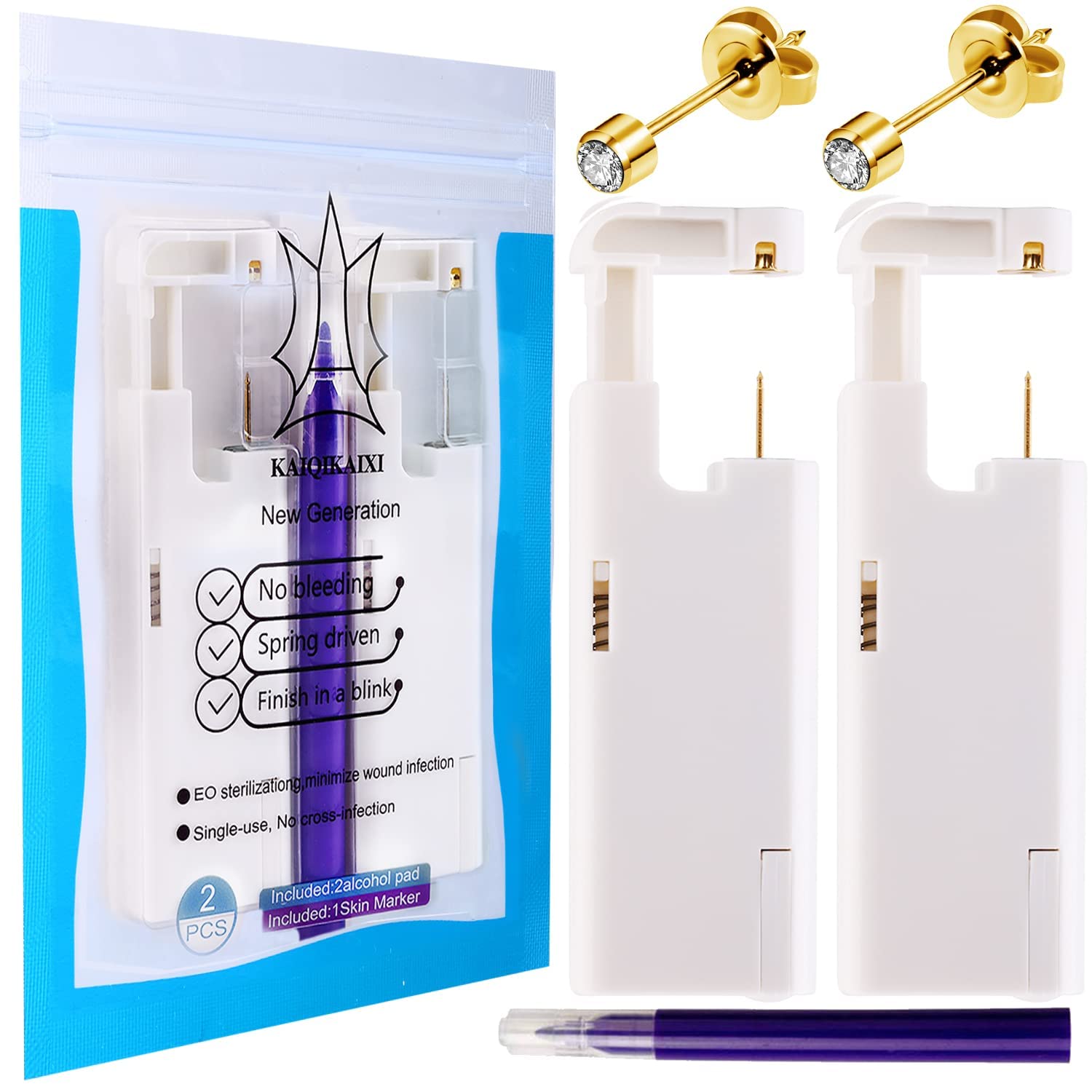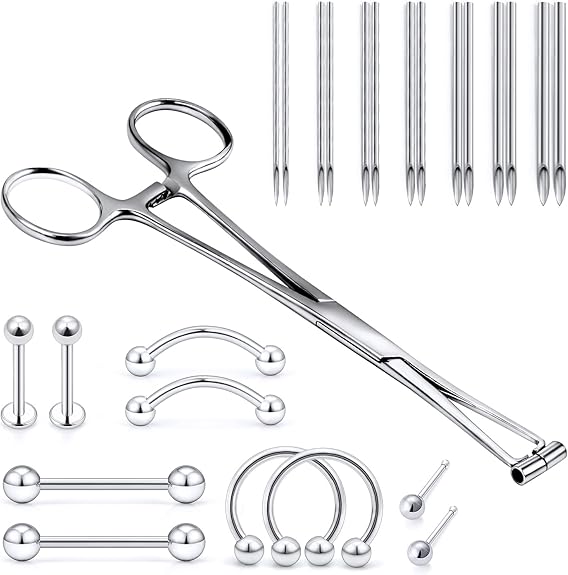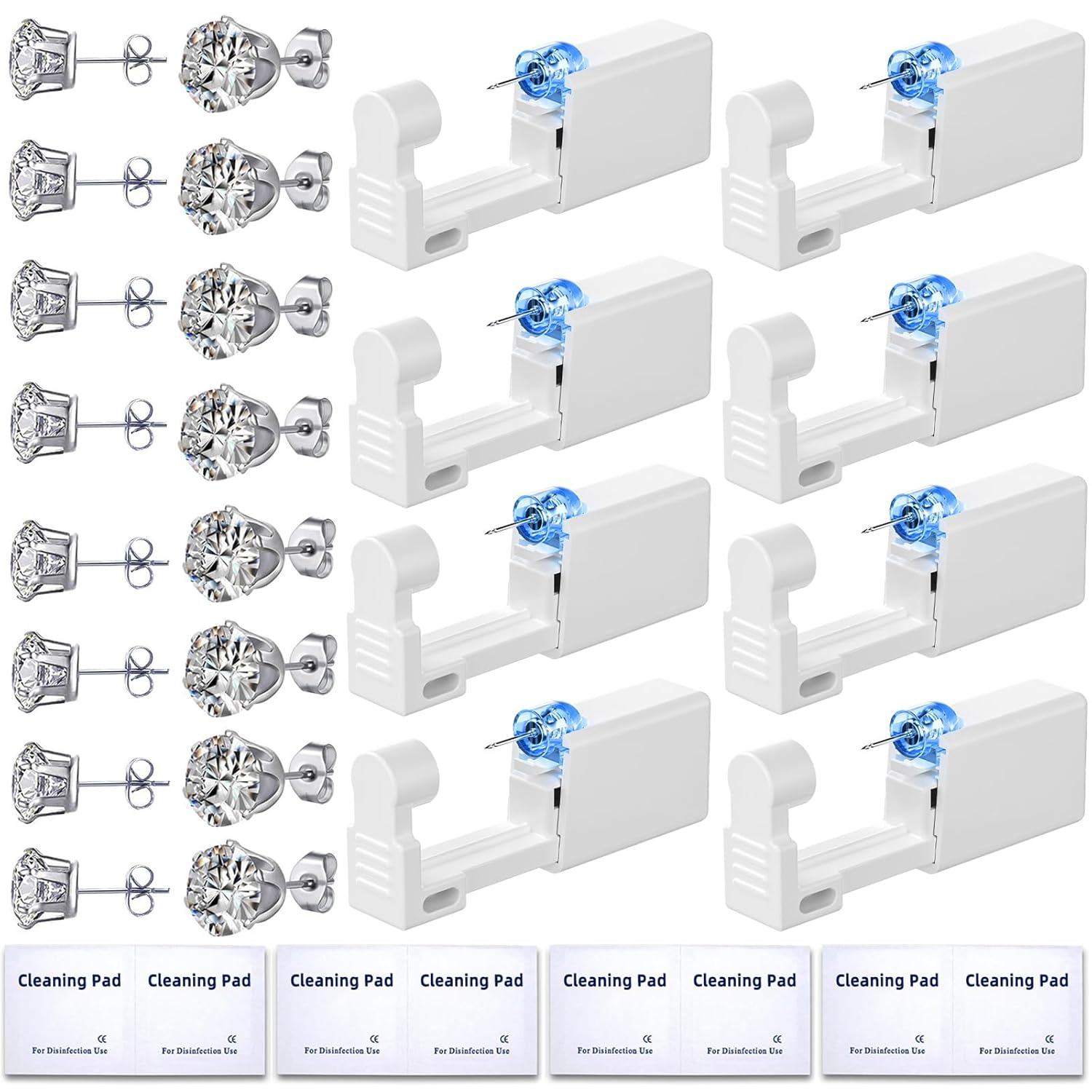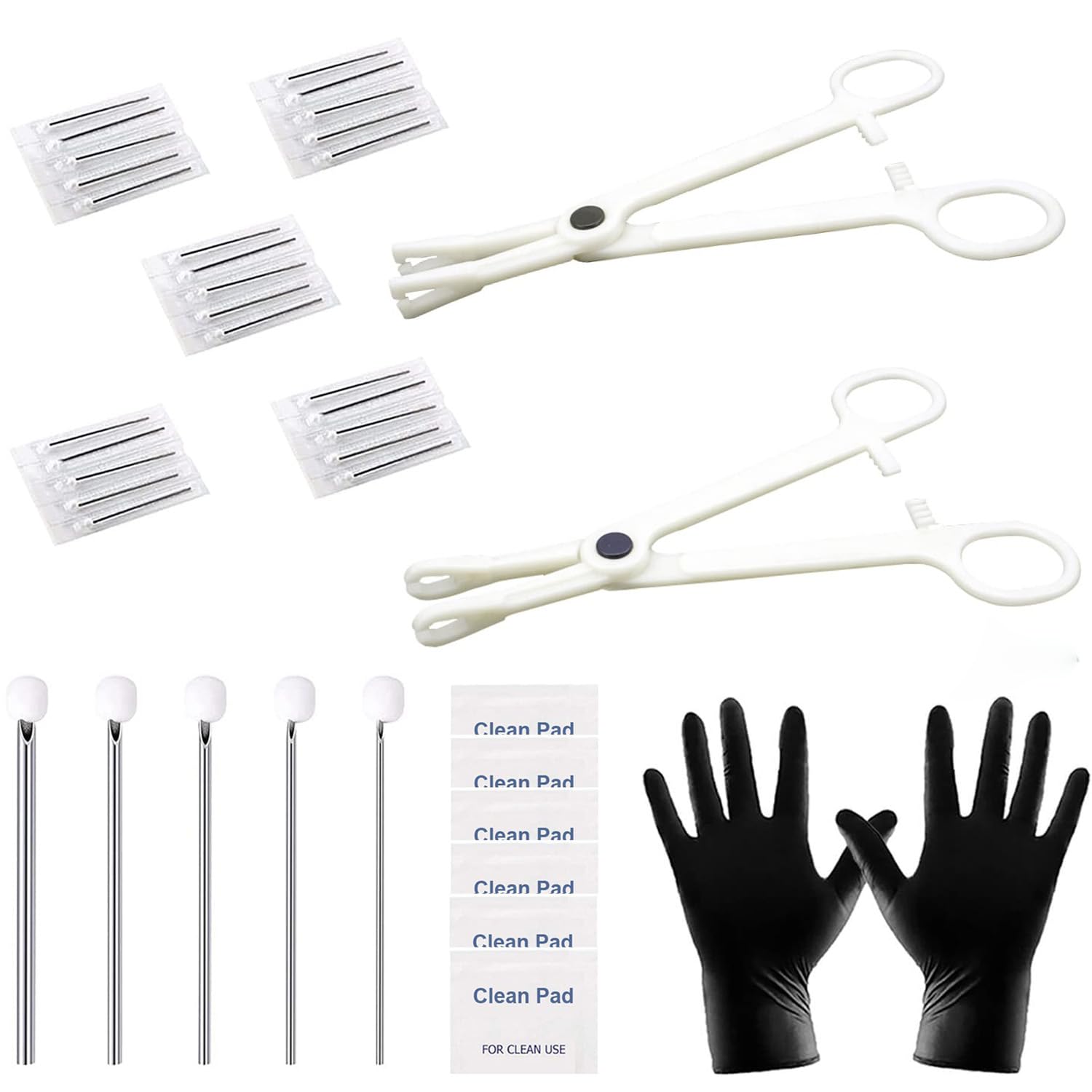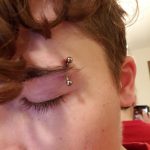Ear piercing is a common practice. Many parents wonder when to pierce their baby’s ears. This article will explore the best age and important things to consider.
What is Ear Piercing?
Ear piercing is making a small hole in the ear. This lets you wear earrings. Many cultures around the world have this tradition. It can be a way to celebrate a special occasion.
DIY Piercing Kits, At Home Piercing Kits
When is the Right Age?
There is no single answer to this question. Parents can choose different ages. Here are some common choices:
- Newborns: Some parents pierce ears right after birth.
- 3 months: This is a popular age for many parents.
- 6 months: Some think this is a safer choice.
- 1 year: Others wait until their child is older.
Each age has its own pros and cons. Let’s look at them closely.
Newborns
Piercing a newborn’s ears is common in some cultures. The process is quick. Babies usually cry for a short time. After that, they often settle down. However, their ears are very small. Infection can happen more easily at this age.
3 Months Old
Some parents choose to pierce ears at 3 months. By this age, the baby is stronger. They can handle the procedure better. Their ears are still soft but have grown a little. Parents should ensure the place is clean and safe.
6 Months Old
Piercing at 6 months is also popular. Babies can sit up. They may understand the process a little more. This age helps with healing. Still, parents must keep an eye on the ears.
1 Year Old
Some parents prefer to wait until their child is 1 year old. At this age, children can tell parents if something hurts. They can also understand aftercare better. This age can be a great choice for many families.
Things to Consider Before Piercing
Many factors affect the decision. Here are some important things to think about:
- Health: Check if your baby is healthy. Avoid piercing during illness.
- Allergies: Some children may have metal allergies. Choose hypoallergenic earrings.
- Aftercare: Make sure you can care for the piercings.
- Pain: Think about how much pain your baby can handle.
- Location: Choose a safe and clean place to pierce.
Steps to Prepare for Ear Piercing
If you decide to pierce your baby’s ears, follow these steps:
- Choose a safe location. Go to a professional piercer.
- Ask about their tools and methods.
- Check if they use sterilized equipment.
- Ensure they have experience with babies.
- Prepare your baby. Bring a favorite toy or blanket.
Aftercare for Pierced Ears
After piercing, care is very important. Follow these tips for good aftercare:
- Clean the area daily with a mild soap.
- Use a soft cloth to dry the ears.
- Do not touch the earrings with dirty hands.
- Keep hair away from the earrings.
- Do not remove earrings until they heal.
Healing can take 6 to 8 weeks. Watch for signs of infection. These can include:
- Redness around the piercing
- Pus or discharge
- Swelling
- Increased pain
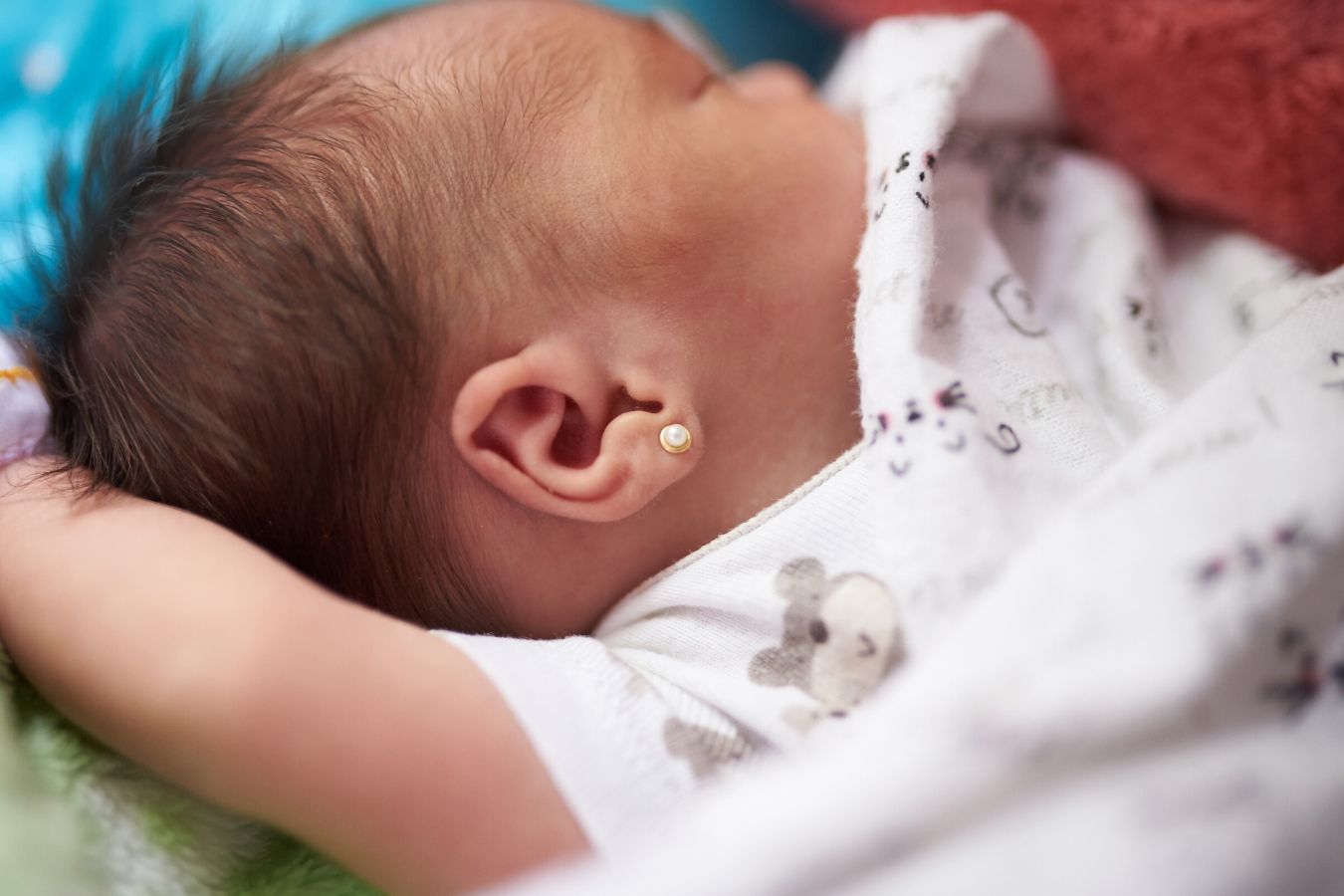
Credit: babysparks.com
Signs of Infection to Look For
Infections can happen even with good care. Here are the common signs:
- Redness near the piercing
- Warmth in the area
- Swelling or bumps
- Pus or yellow discharge
- Fever in your baby
If you see any of these signs, contact a doctor. They can help treat the infection.

Credit: www.rileychildrens.org
Choosing the Right Earrings
Choosing earrings is important. Here are some tips:
- Use small, lightweight earrings.
- Choose hypoallergenic materials like surgical steel.
- Avoid dangling earrings for safety.
- Pick earrings with a smooth surface to prevent irritation.
Common Myths About Ear Piercing
Many myths exist about ear piercing. Here are a few:
- Myth: Babies won’t remember the pain.
- Fact: Babies may feel pain, but they often forget.
- Myth: Piercing is only for girls.
- Fact: Boys can also get their ears pierced.
- Myth: Only adults can take care of piercings.
- Fact: Parents can easily care for their child’s ears.
Frequently Asked Questions
What Age Is Best For Baby Ear Piercing?
Most experts recommend piercing ears when babies are at least 6 months old. This age is safer for them.
Is Ear Piercing Safe For Infants?
Yes, ear piercing is generally safe for infants when done by a professional.
What Are The Risks Of Piercing Baby Ears?
Risks include infection, allergic reactions, and possible pain. Proper care can help minimize these.
How To Care For Pierced Ears In Babies?
Clean the area daily with a mild solution. Avoid touching the earrings.
Conclusion
Deciding when to pierce your baby’s ears is personal. Many factors can influence your choice. Remember to think about your baby’s age, health, and readiness. Choose a safe place for the procedure. Aftercare is very important. With good care, ear piercing can be a fun experience.
Always consult with a pediatrician if you have questions. They can provide valuable advice. Enjoy this special moment with your child!


